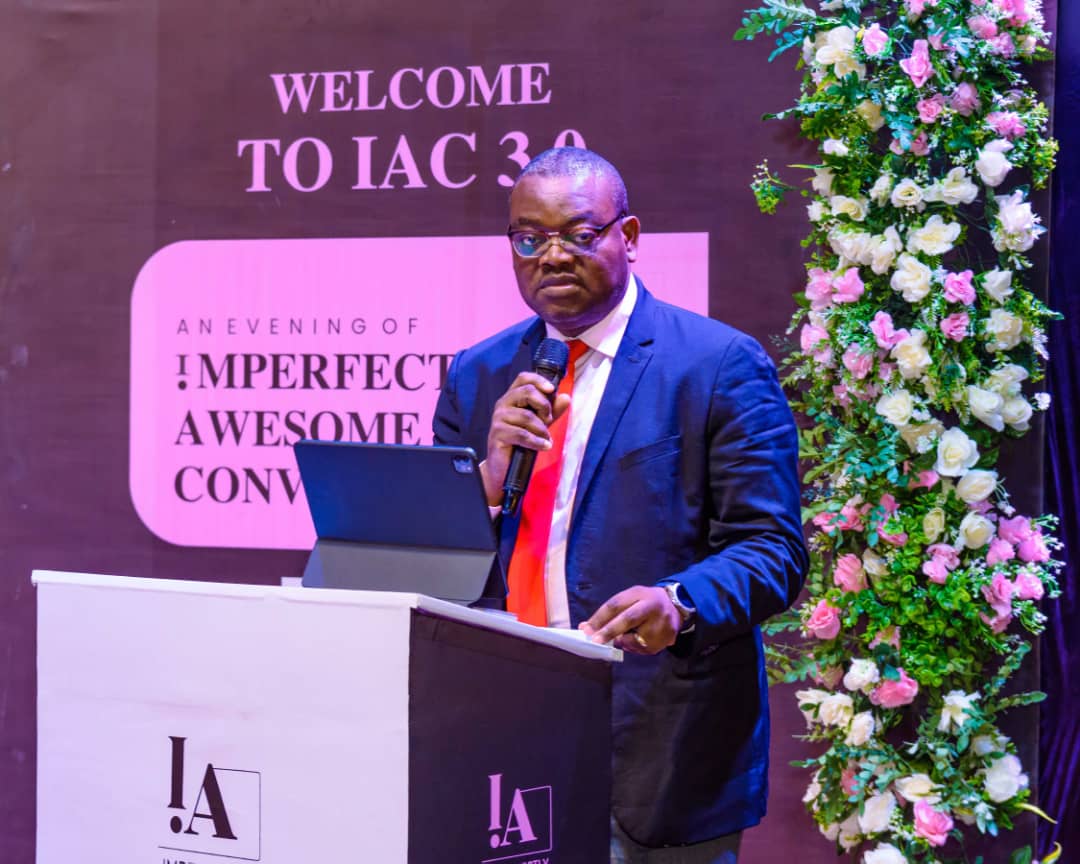Nigeria, Africa’s largest economy and most populous nation, grapples with an enduring challenge that stifles its economic growth, unreliable electricity supply. Despite possessing a 14GW installed power generation capacity, less than 5GW are operational, leaving the majority of its 200 million inhabitants dependent on costly and polluting alternative energy sources.
Four years ago, Nigeria embarked on a transformative journey to address its chronic electricity supply issues. The Presidential Power Initiative (PPI), a collaboration with Siemens AG, was initiated in 2019. This $2 billion deal aimed to elevate Nigeria’s grid operational capacity from under 5GW to 7GW by 2021, and further increase it to 11GW by 2023, ultimately achieving a 25GW operational generation and grid capacity by 2025, promising over $1 billion in annual savings.
However, the path to energy transformation has been riddled with unexpected hurdles, leaving the nation in limbo. While the initial plan foresaw the completion of phase one within two years, 2023 finds no tangible progress. Siemens Energy has now extended the completion target to 2030, citing disruptions from the COVID-19 pandemic and volatile price fluctuations.
While these reasons hold merit, Nigeria’s inherent distrust triggers suspicions of ulterior motives. Past allegations of corruption in electricity initiatives raise concerns about misuse of the project for personal gain. Furthermore, Siemens’ swift completion of a 14.4GW project in Egypt in just 27 months raises eyebrows, deepening skepticism.
The ramifications of this delay extend beyond energy to various sectors of Nigeria’s economy. The unreliable power supply hampers industrial growth, with Nigerian businesses losing a staggering $29 billion annually due to intermittent power. Industries reliant on electricity, like manufacturing and technology, grapple with inflated operational costs from alternative power sources, hindering competitiveness and expansion.
Prominent companies such as Coca-Cola, Wempco, and Nigeria Flour Mills have shifted to self-generation to combat grid dependence, investing around N20.8 billion monthly in 2016. This reliance on generators has made Nigeria Africa’s top importer of PMS and diesel generators, incurring a monumental $22 billion annual expenditure on fuel.
This power crisis’s impact goes beyond financial implications—it drives industrial flight and deters foreign investment. The shutdowns of Michelin and Dunlop tire companies after five decades of operations, and the more recent exit of GSK, underscore this issue, resulting in job losses and the unraveling of a larger economic ecosystem.
The delay of the Siemens Power Project couldn’t have come at a worse time for Nigeria. The Kainji Dam, a crucial hydropower source, faces threats due to political upheavals in Niger and the impending completion of the Kandadji Dam. Currently, 85 million Nigerians, constituting 43% of the population, lack access to grid electricity.
Amidst this crisis, Nigeria’s government must intensify efforts to bolster energy availability and prioritize renewable energy sources to revitalize the economy and drive industrial growth.
In view of the current energy crisis, Nigeria stands at a crossroads. And government’s commitment to renewable energy is now paramount for driving economic revitalization, fostering industrial expansion, and sparking progress for a brighter future.







Comment
No comments found.